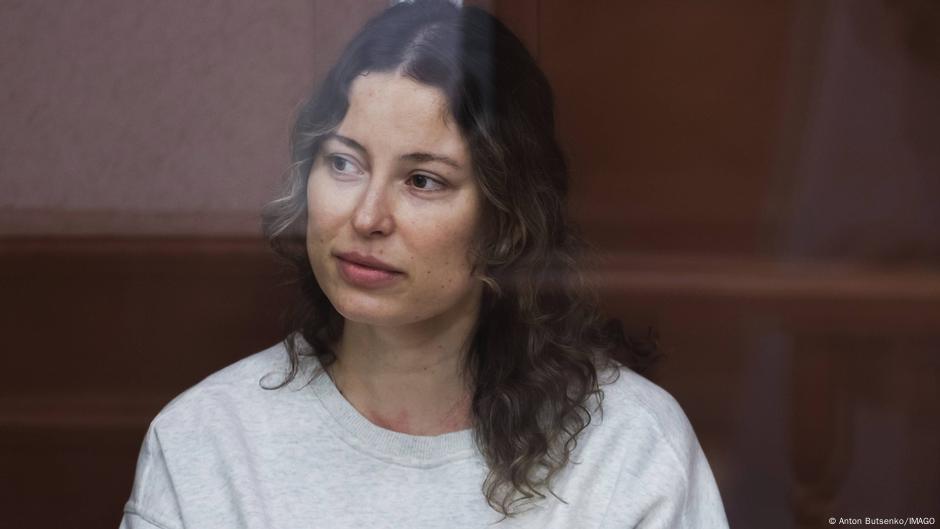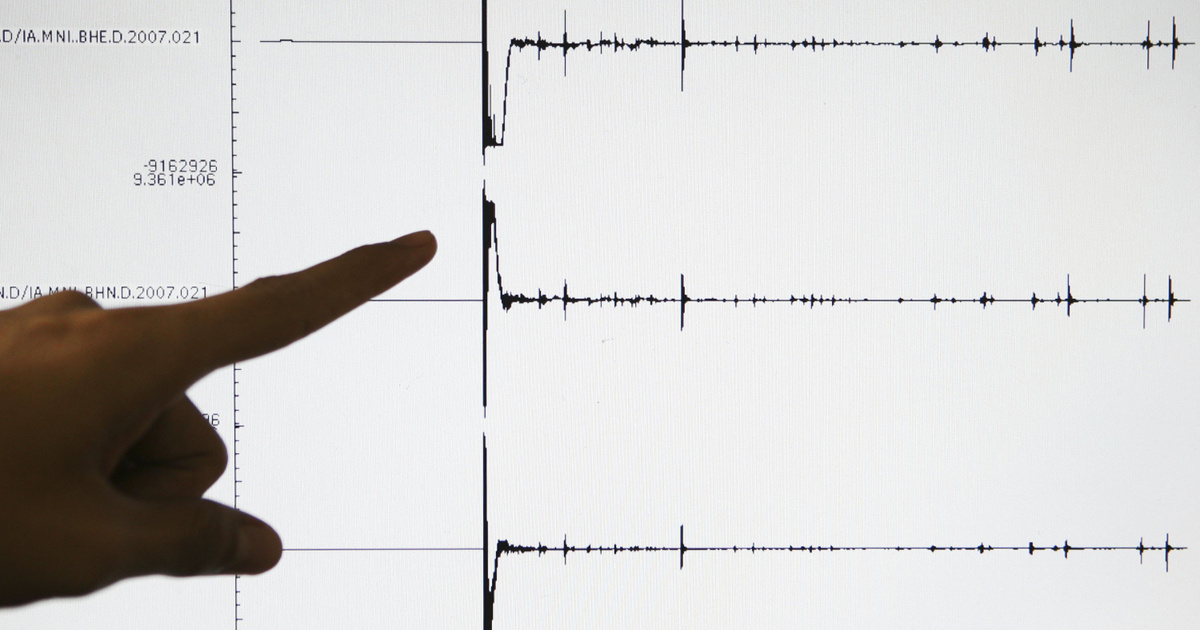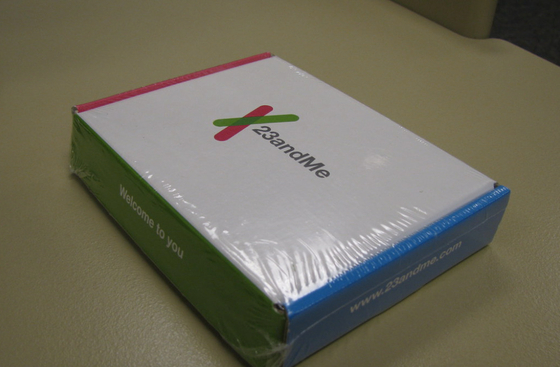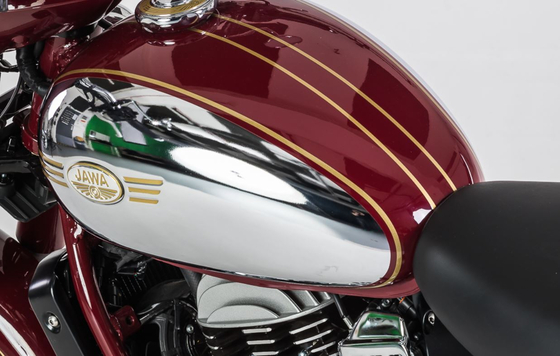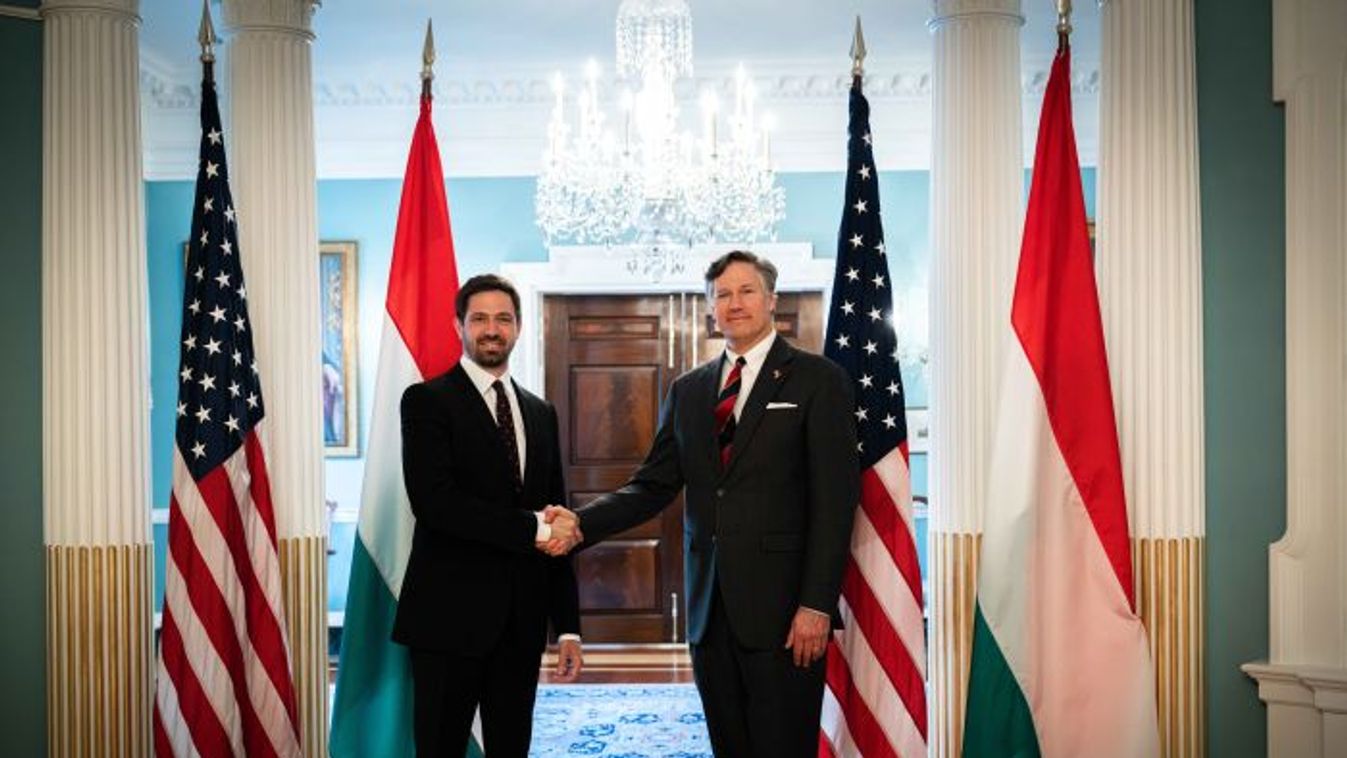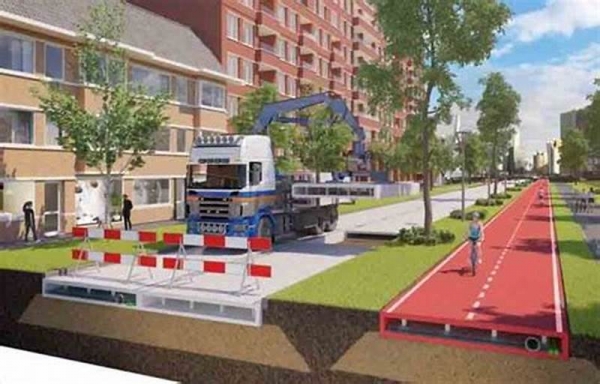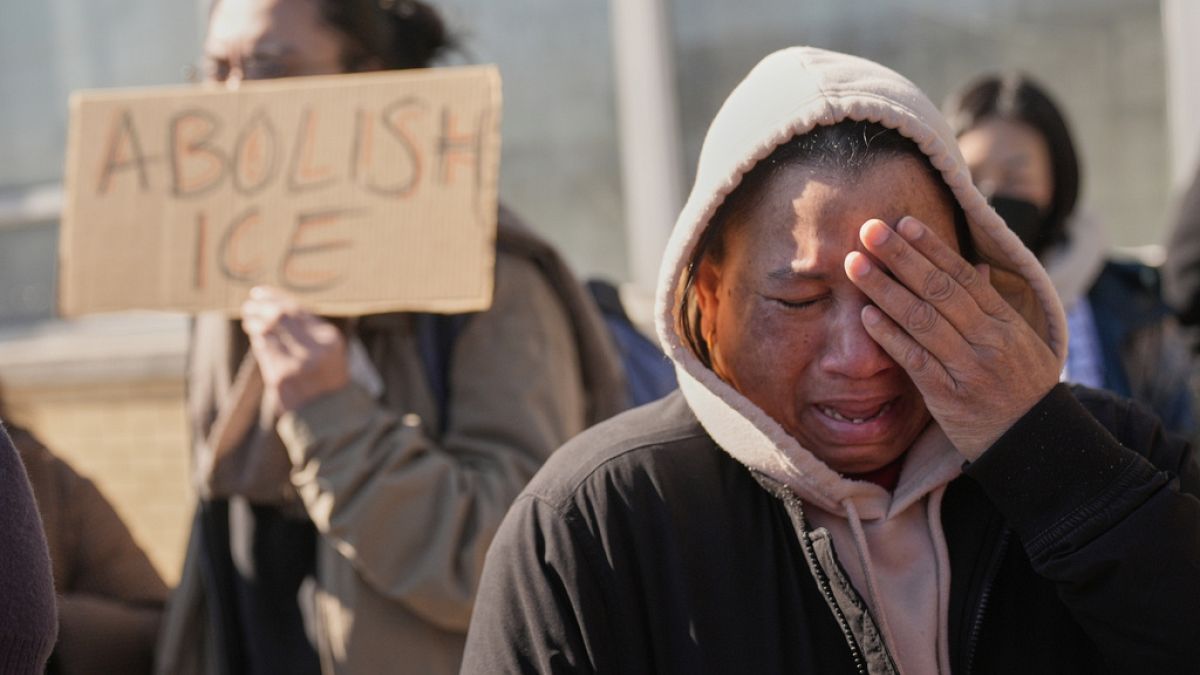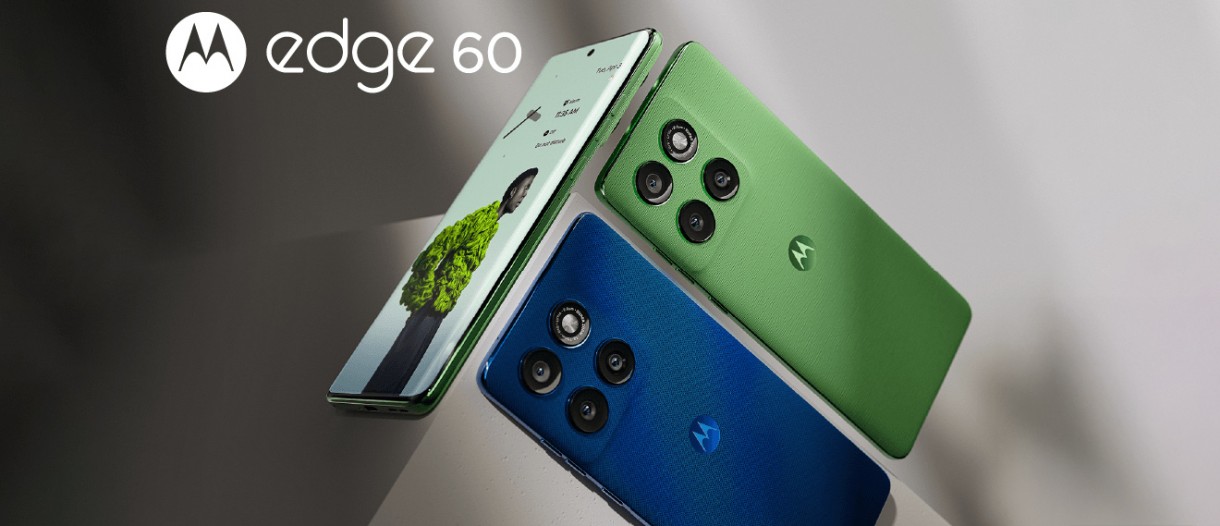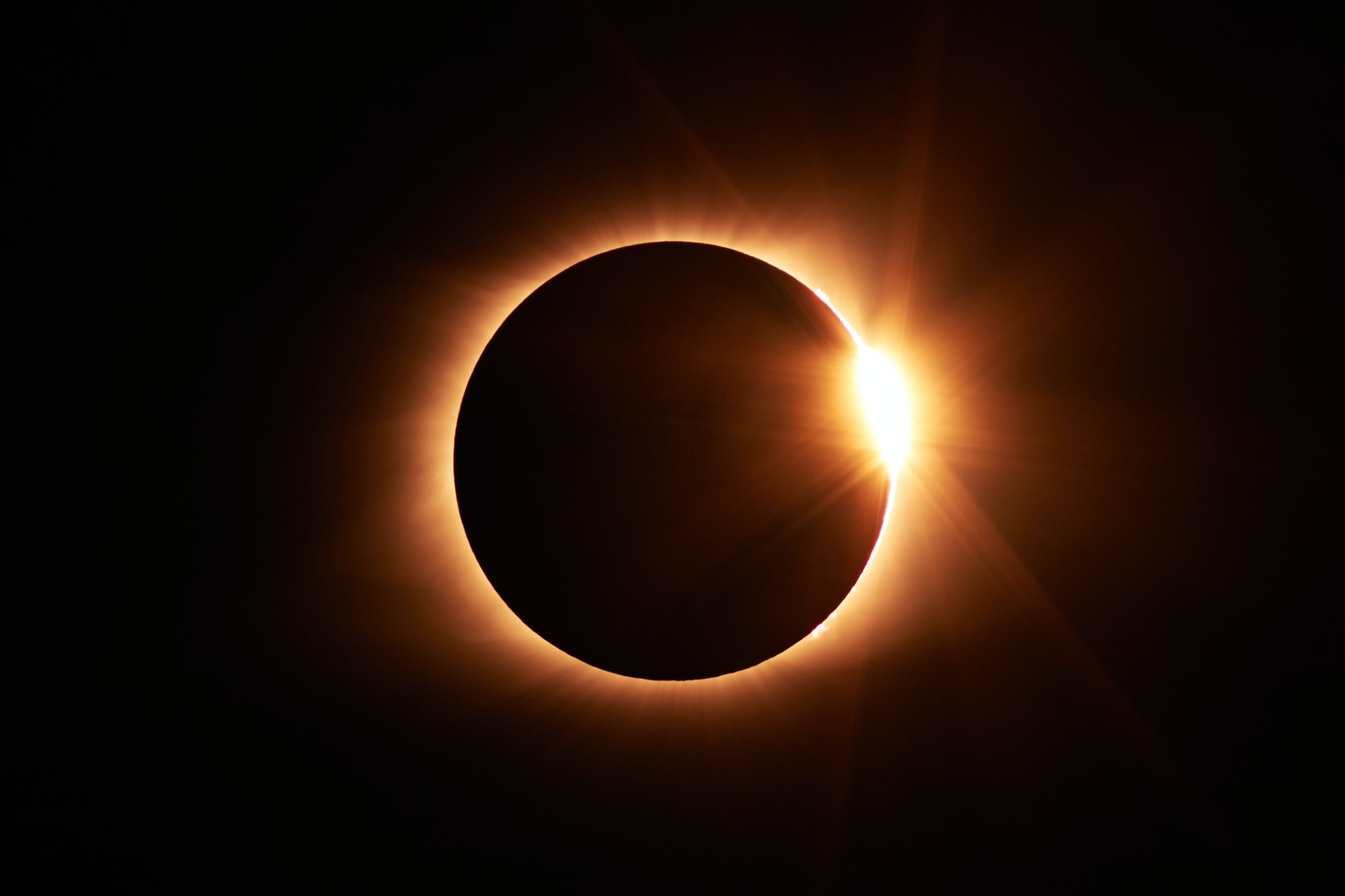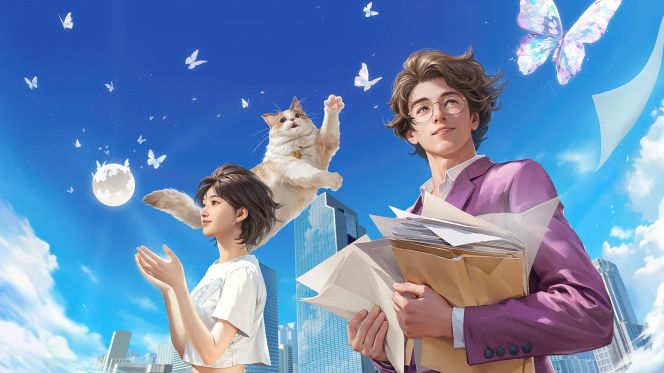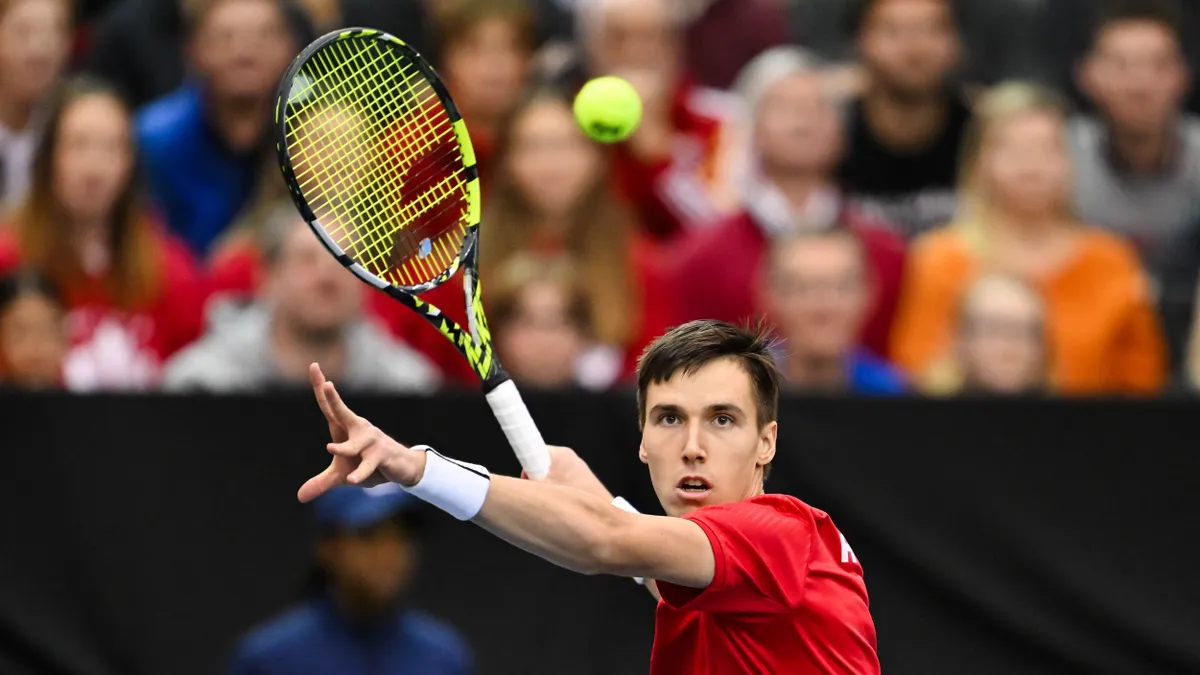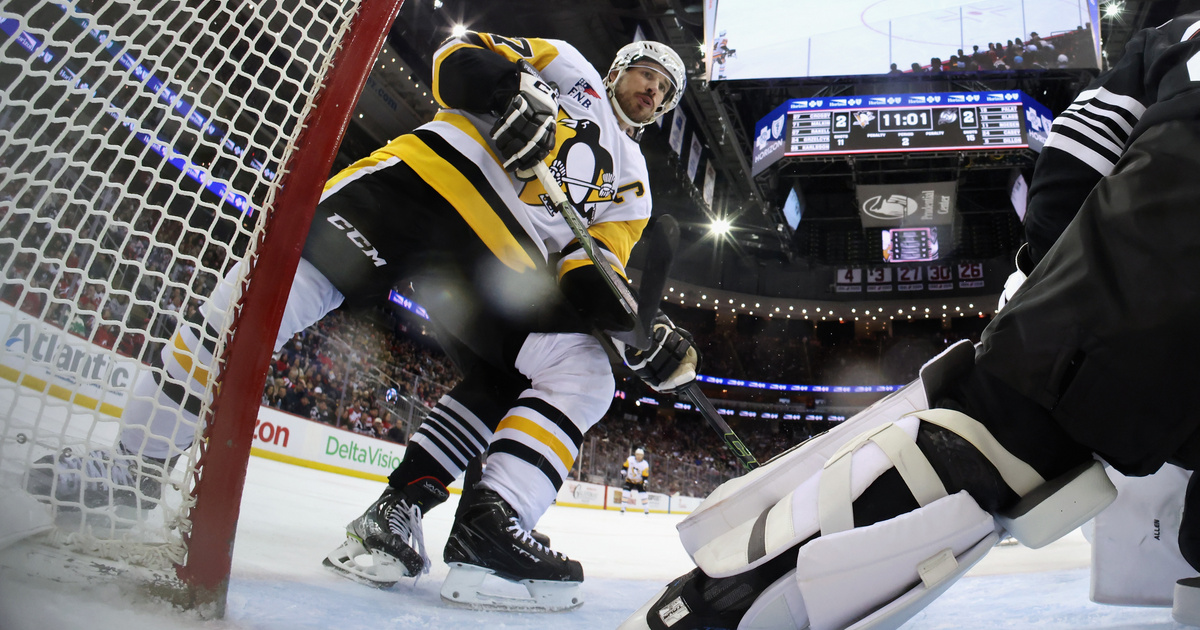History of the Winter Olympics:
1924, 1928, 1932, 1936, 1948, 1952, 1956, 1960, 1964, 1968, 1972, 1976, 1980, 1984, 1988, 1992, 1994, 1998, 2002, 2006, 2010, 2014
4. Winter Olympics
Site: Garmisch-Partenkirchen, Germany
Date: February 6 to 16, 1936.
Other applicants’ cities: Schreiberhau, Braunlage-Schierke (mind Németország)
a program: 8 sports / 17 digits
number of participants: 28 countries, 646 athletes (566 men, 80 women)
High in height: 708
The 36th Winter Olympics were originally only accompanying the Berlin Summer Games. The Nazis who ruled Germany at that time inherited the right to settle, until Hitler came to power despised the movement and considered it a Masonic ploy. Then Goebbels convinced him that it was an excellent advertising tool. The main goal, of course, was Berlin, the work of Garmisch-Partenkirchen to persuade a suspicious international mood against the Nazi regime, everything will be fine with the Summer Olympics. In fact, it has been suggested that many states would boycott the Berlin event due to Jewish laws.
The twin settlement of Garmisch-Partenkirchen, located in one of the southern parts of the country, was an ideal choice, as it already had a ski slope, good cross-country terrain, a former toboggan run, adequate ice surfaces, and the nearby Zugspitze. Sporting events were held here regularly in the past and what was especially nice for the Nazis: it’s in Bavaria. The Nazis did everything in their power to host a great Olympiad, so it didn’t matter at all that the facility was in good shape because they were building a new one of everything. Platforms with a capacity of 40,000 seats are built around the ski fence, with a total capacity of 60,000 seats. Here were the opening and closing ceremonies, and the ski jump was seen by 80,000, with 50,000 stranded outside the stadium. An ice rink and speed skating rink have been established on the frozen lake, Riessersee. There were 2,000 amphitheaters on the ice stadium, but 10,000 seats could also be accommodated here.
Alpine skiing made its debut at the 36th Olympic Games, and military skateboarding was a show sport and, along with other changes to the program, the number of participants exceeded a thousand for the first time.
Szollásék is another bronze
In 36 games, Hungary had an even bigger team, there were 25 teams in Garmisch-Partenkirchen. The best performers again were Emília Rotter and László Szollás. In vain they came to the Olympics with three world championship titles, as were preceded by the Hungarian and Austrian duo. The winner was an odd spouse: thirty-year-old Ernst Bayer was twice as old as his partner Maxi Hopper. Piroska Zikirenisi and Attila Zikirenisi took fourth place. In addition to snowboarder Eva Bottond, there were also alpine skiers and speed skaters. The hockey team finished last by winning two matches in the qualifiers, but scored a total of 27 goals in six matches.
The Nazis were embarrassingly eager to paint a pure picture of the country and ensure that the guests had not seen anything of the anti-Semitism that had already been institutionalized by then. (For example, signs prohibiting entry of Jews to certain places in the area were removed.) Foreign photographers were not allowed into the event, and the organizers issued announcements and reports, so reporters painted a positive picture of the games. However, great efforts were not required, as there were a total of 2,000 foreigners at the games
At the opening, of course, there was Adolf Hitler himself, and the Chairman of the Organizing Committee, Karl Ritter von Halt, mentioned him, of course. Many at the time believed Hitler had something to do with Sonya Henney becoming an Olympic champion for the third time. Norwegian snowboarder was very popular already at the age of 36, when she appeared, she had to call the police due to the massive crowd. His relationship with Hitler was particularly good, at a parade in Berlin in the year 35 with a greeting and a hail greeting Hitler, and the Führer had so far received him in Berchtesgaden.
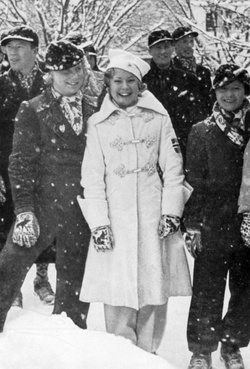
Norwegian ski team
The Germans appreciated his gesture, but the Norwegians considered him a traitor because of it. In the last Olympics of his career, after compulsory training, Henny was only 3.6 points ahead of Cecilia Coolidge in England, which made the Norwegian incredibly nervous and tore the paper from which the result was read. However, there was an issue with the 15-year-old Colledge’s free program, they switched music and didn’t start playing their music. It took him a few minutes to get his clothes on, which he was wearing of course, almost falling out in the first minute. He pulled himself together, however, and Henny wins, if with very little. A week later, Henny also won her tenth prizes and pulled out a trophy, medal and trophy she won in 1473 to earn huge money through her Hollywood films.
For the first time in Olympic history, Canada was not the one to win the hockey championship. The British winners were beaten by the Canadians: in 1933, the Secretary General of the British Hockey League searched for all players born in England but raised in Canada. He convinced so many of them, that nine out of the 12 British Canadian Olympians, and the tenth one were also born in Canada.
Alpine skiing was introduced, and this marked the beginning of a decades-long debate between amateurs and professionals: The IOC did not allow ski coaches to attend the Olympics, so the Swiss and Austrians boycotted the ski races. All this, in turn, left its mark on the benchmark: Tony Silos, world champion in 1935, walked the field as coach and tester, six seconds better than Olympic champion. Controversy among skiers was so raging that it was decided that there would be no alpine skiing in the 1940 Olympics.
| Medal table | ||||
| 1. | Norway | 7 | 5 | 3 |
| 2. | Germany | 3 | 3 | 0 |
| 3. | Sweden | 2 | 2 | 3 |
| 4. | Finland | 1 | 2 | 3 |
| 5. | Switzerland | 1 | 2 | 0 |
In speed skating, this time after the formerly dominant Finns and 32 of the best Americans, thanks to the performance, dominated the Norwegians: half of the twelve medals were taken home, including all four of the golds. The most successful sport and Olympiad was 32-year-old Ivar Balangrud: he managed to win 500, 5,000 and 10,000 meters, finished second in 1500, and finished his Olympic career with a total of seven medals (four golds, two silvers and one bronze).
The Norwegians took their first place at the medal table again, and seven of the seventeen became available places for them and won a total of fifteen medals. The Garmisch-Partenkirchen Olympiad would have been perfect as well if we didn’t know that the Germans, perfect in organization, set fire to the world for the guests a few years later. Consequently, the Winter Olympics were not held again until twelve years later.
It was excellent on both the railings and the slope
One of the best winter sports is Norway’s Berger Road, with two gold medals and one silver in ski jumping, leaving his forty and forty-fourth Olympic career he missed due to war. He was able to win in 1936 as well and would have been the first, presumably the only one to win the Olympics in both ski jumping and alpine skiing. The only alpine track, despite being the fastest in the range of slopes, destroyed the target in Two slalom races, which made him only sixth. Rudd also participated in the following Olympics 12 years later, and was the coach of Norwegian vault jumpers. The day before the race in St. Moritz, after seeing unpleasant weather, switch to the team instead of the less experienced racer. He eventually won a silver medal. Rudd’s fate between the Olympics coincided with the course of the world: the Nazis occupied his country, unwilling to cooperate, was imprisoned, then became armed resistance.
(The author of the article, first published in 2010, is our former colleague, Csepregi J. Botond)
(Cover photo: Norwegian Andersen on the podium in third place, Sweden Ericsson second and Norwegian Rudd first in ski jump in Garmisch-Partkirchen at the 1936 Winter Olympics. Photo: Past Pix / SSPL / Getty Images)



